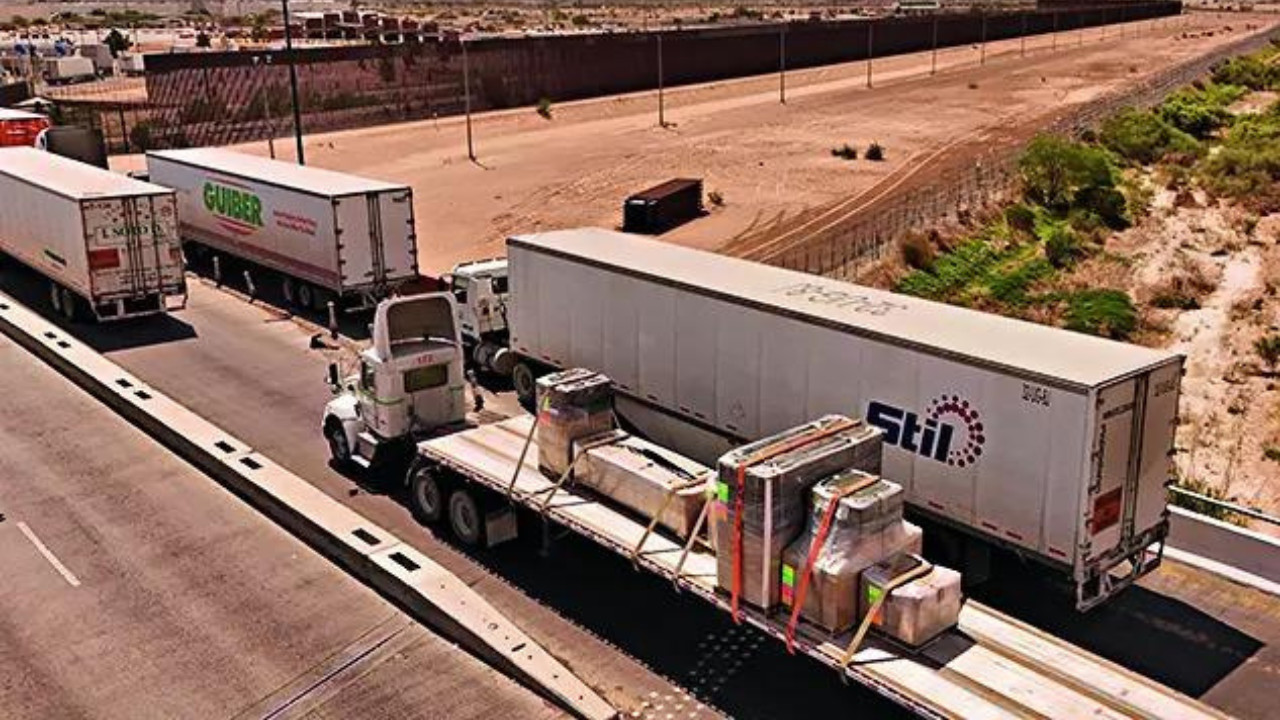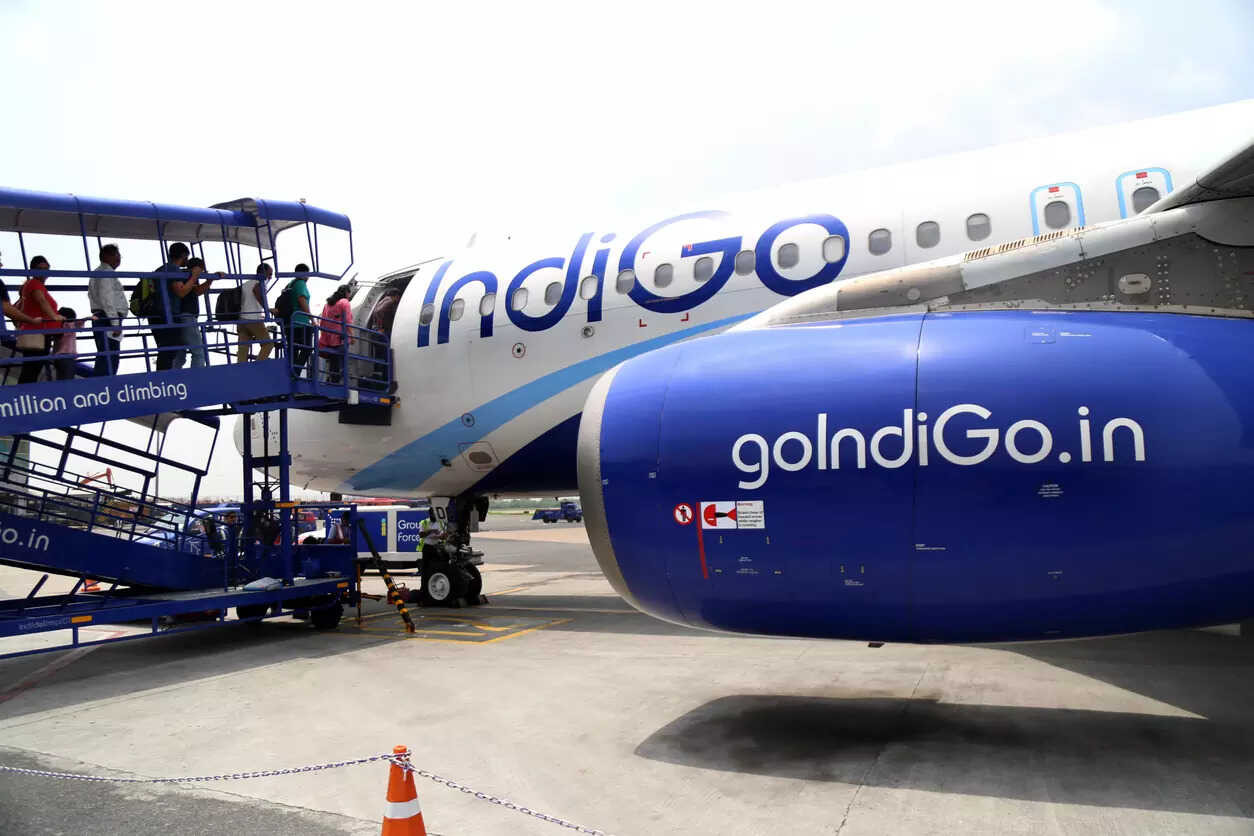Amid trade tensions with the US, the European Union is actively strengthening ties with global partners like Indonesia, signaling a shift towards a new trade landscape. Ursula von der Leyen emphasized collaboration amidst economic uncertainty, inviting nations jolted by US tariffs to rely on Europe.
The Shifting Sands of Global Trade: Are US Allies Forging a New Path?
For decades, the United States has been the undisputed king of the global trade hill. Its economic might and influence have shaped trade agreements and dictated terms. But the world keeps spinning, and alliances, once seemingly set in stone, are now showing signs of flexibility. Whispers are turning into conversations, and those conversations are pointing towards a potentially seismic shift: Could key US allies be contemplating redrawing the global trade map without the United States at the helm?
Recent rumblings suggest that nations traditionally aligned with the US are exploring alternative trade frameworks. This isn’t necessarily about a dramatic break-up, but more about hedging bets and future-proofing their economies against an increasingly unpredictable geopolitical landscape. The reasons are complex and multifaceted. There’s a growing desire for greater economic autonomy, a frustration with US protectionist policies (which, ironically, sometimes undermine the very allies they’re meant to support), and a recognition that the global balance of power is evolving.

One key driver is the perception that US trade policy has become less reliable. The withdrawal from the Trans-Pacific Partnership (TPP) under a previous administration, for example, sent shockwaves through the international community. Even though the US has been engaging in other trade deals, this move planted a seed of doubt about the long-term dependability of US commitments. Allies are now asking themselves a vital question: Can they afford to be solely reliant on a partner whose trade stance can shift so dramatically with each new political wind?
Diversifying Trade Relationships: A Strategy for Stability
The answer, for many, appears to be no. Diversification is the name of the game. Nations are actively seeking new trade partnerships, strengthening existing ones outside the US sphere, and exploring regional trade agreements that offer greater stability and predictability. This isn’t about animosity towards the US, but about pragmatic self-preservation. Think of it as diversifying an investment portfolio – reducing risk by spreading assets across multiple avenues.
Consider the Comprehensive and Progressive Agreement for Trans-Pacific Partnership (CPTPP), the revamped version of the TPP without the US. This agreement, encompassing nations across the Asia-Pacific region, demonstrates a clear commitment to open trade and economic cooperation. It also presents a compelling alternative to relying solely on US-led initiatives.
The Rise of Regional Trade Blocs
Another significant development is the strengthening of regional trade blocs. These blocs, such as the Regional Comprehensive Economic Partnership (RCEP), offer member countries preferential access to each other’s markets, streamlining trade and investment flows. By fostering closer economic ties within their regions, nations are building resilience against global economic shocks and reducing their dependence on external powers.
These aren’t explicitly anti-US initiatives. In fact, many participating nations would likely welcome US involvement. However, the fact that these agreements are flourishing without US participation speaks volumes about the changing dynamics of global trade. It reflects a growing consensus that a more multipolar trading system is both desirable and achievable. It could be interesting to review the impact of these changes on [global supply chains](internal-link-to-related-article).
Navigating a New Era of Global Trade
What does all this mean for the future of global trade? It signals a shift towards a more decentralized and multi-faceted system. The US will undoubtedly remain a major player, but its dominance is being challenged. Allies are no longer content to passively follow US leadership. They are actively shaping their own destinies, forging new alliances, and building alternative trade frameworks.
This evolution presents both opportunities and challenges. On the one hand, it could lead to a more robust and resilient global economy, less vulnerable to the whims of any single nation. On the other hand, it could create fragmentation and complexity, making it more difficult to navigate the international trade landscape.
Ultimately, the success of this new era of global trade will depend on the ability of nations to cooperate, compromise, and find common ground. The US, for its part, will need to adapt to this changing reality, recognizing that its allies are no longer willing to simply fall in line. The future of global trade is being written now, and it’s a story of evolving alliances, shifting power dynamics, and the enduring pursuit of economic prosperity.
The question now becomes: Can the United States successfully navigate this new world order and maintain its position as a global economic leader, or will it be left behind as its allies chart a new course? The answer will depend on the choices it makes in the years to come.







